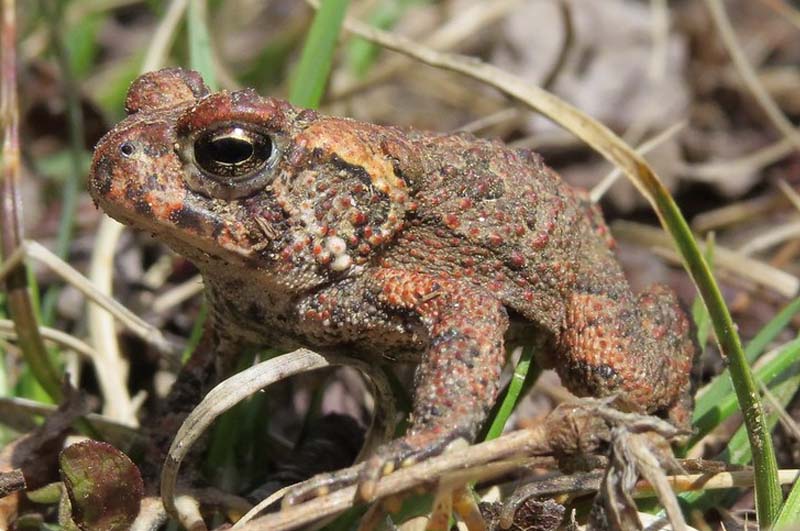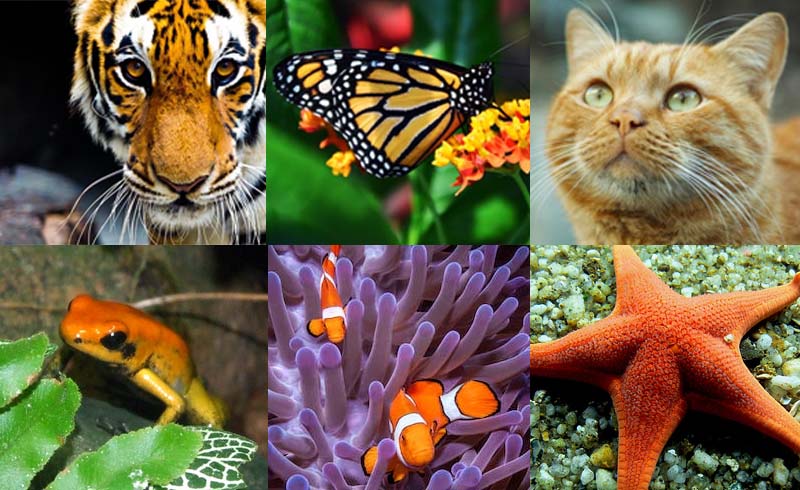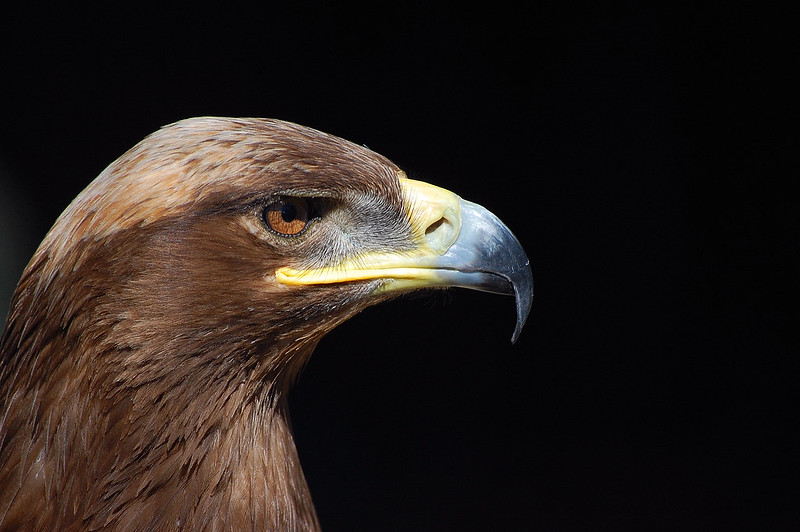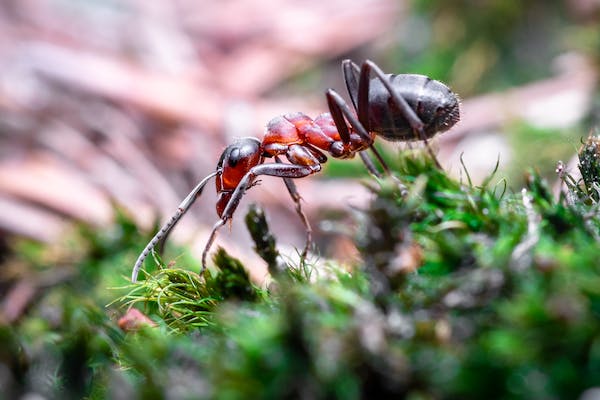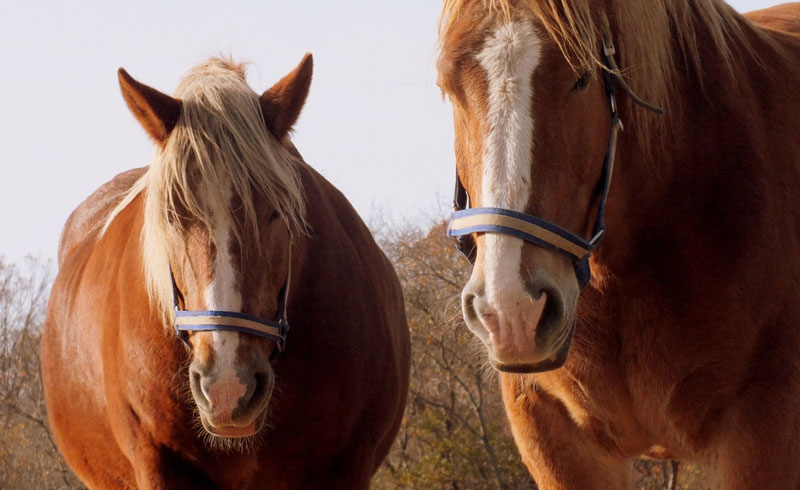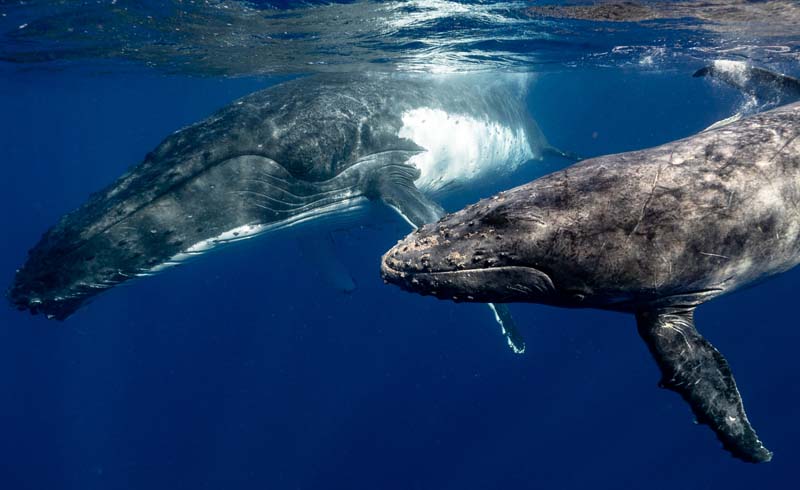Tadpoles are the offspring of frogs and toads, and like all young animals, they need proper nutrition to grow and develop. Although tadpoles have different feeding habits depending on the species, in general, their diet consists of small aquatic organisms such as algae, plankton, insects, and other invertebrates.
Feeding tadpoles in their natural habitat
Most tadpoles are herbivores and feed on algae and aquatic plants. However, they can also eat microorganisms and small aquatic animals such as artemia, daphnia, mosquitoes, and other insects. As tadpoles grow, they also become more carnivorous and start feeding on larger animals.
One of the most interesting things about tadpole diets is that they change as they develop. At first, tadpoles have small mouths and filaments on the sides of their heads that help them filter small food particles from the water. As they grow and develop, their mouths become larger and stronger, and the filaments disappear. At this stage, tadpoles can start chewing on larger, harder foods.
Like many other animal species, tadpole nutrition is essential for their growth and survival. It is important that they have enough nutritious and varied foods to ensure healthy growth and good health. If they do not have enough food, they may suffer from growth delays or even die.
What do tadpoles eat in captivity in an aquarium?
Keeping tadpoles in an aquarium can be a fun and educational experience for both children and adults. To ensure that your tadpoles grow up healthy and strong, it is important to provide them with an appropriate diet that is tailored to their developmental stage.
Early tadpole stage
In the early stages of a tadpole's life, when they are small and have gills, their diet consists mainly of small aquatic microorganisms. Tadpoles can feed on small algae and bacteria found in the aquarium water. It is important to ensure that the aquarium water is clean and well oxygenated so that the microorganisms can thrive.
Intermediate tadpole stage
In the intermediate stage, when tadpoles begin to develop hind legs and their gills begin to disappear, their diet changes. At this stage, tadpoles can feed on small portions of commercial fish food such as fish flakes or fish pellets. They can also eat small pieces of fruits or vegetables, such as lettuce or spinach, which should be soaked to soften them.
Advanced tadpole stage
In the advanced stage, when tadpoles have fully developed front and hind legs and their tails shrink, their diet changes again. At this stage, tadpoles become more carnivorous and can feed on live prey, such as small worms or mosquito larvae. Commercial fish food is still a good option, but now should be provided in larger portions.
It is important to remember not to overfeed your tadpoles, as this can cause health problems and aquarium pollution. A good rule of thumb is to feed them small portions several times a day, rather than one large portion once a day. It is also important to ensure that the aquarium water is clean and well oxygenated at all times.

